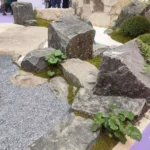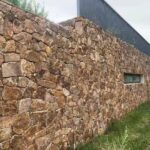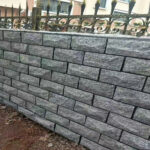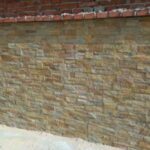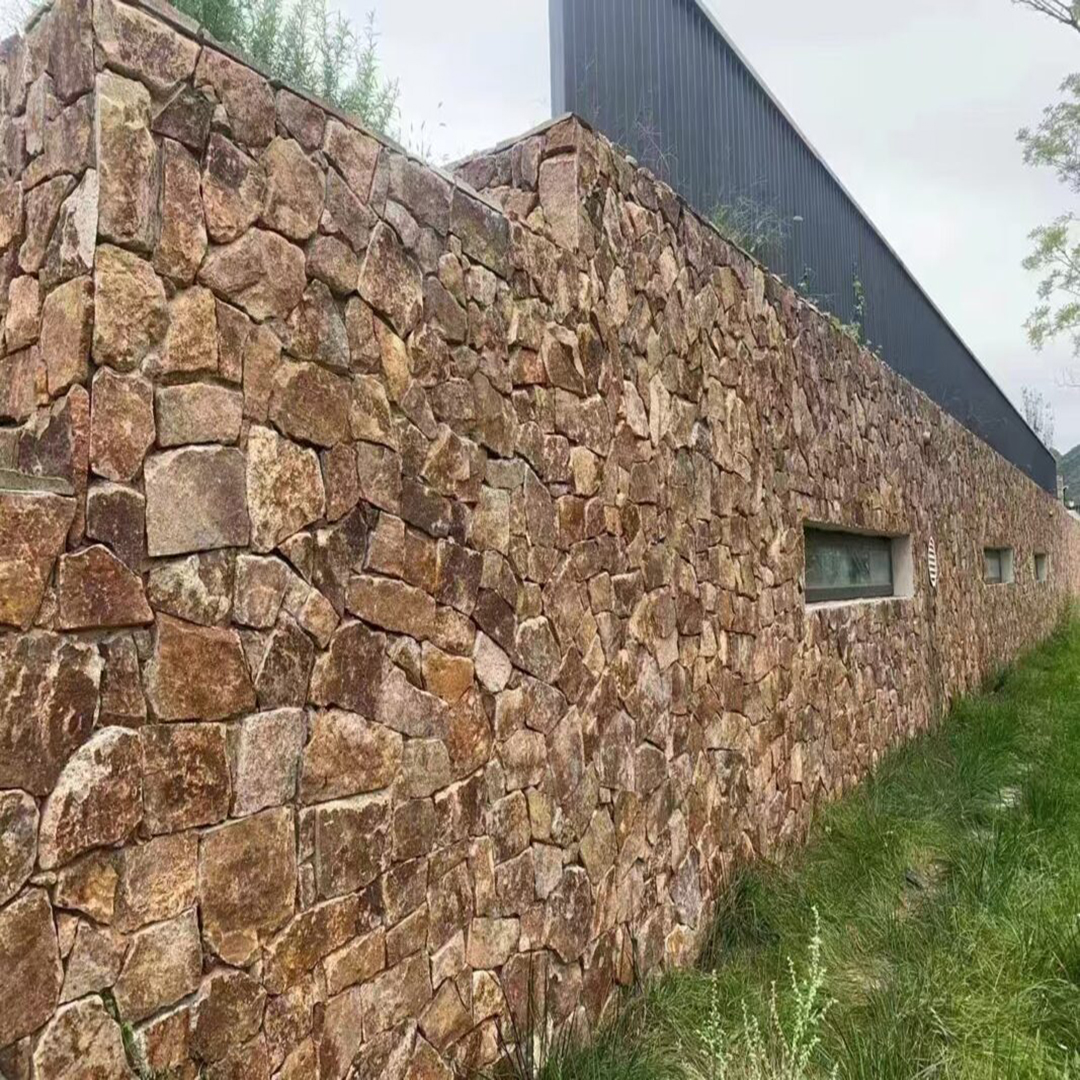Stone cutting: the art and science of craftsmanship
Stone, as a building and decorative material with a long history and wide application, is loved by people for its unique texture and durability. From magnificent building cornerstones to exquisite decorative ornaments, every finished stone product is inseparable from the delicate cutting process. Stone cutting is not only a technical job, but also a perfect combination of art and science. Let us take a deeper look at the whole process of stone cutting.
- Preliminary preparation: laying the foundation for precise cutting
(I) Stone selection and evaluation
Before cutting, the first task is to choose the right stone. Different types of stone, such as granite, marble, sandstone, etc., have significant differences in hardness, density, texture, etc. These characteristics directly affect the difficulty of cutting and the final effect. For example, granite has high hardness and is suitable for outdoor construction, but it is difficult to cut; marble has beautiful texture and is often used for interior decoration, but it is relatively brittle and requires extra care when cutting. Professionals will observe the appearance of the stone to check whether there are cracks and flaws, and use professional equipment to test its physical properties to ensure that the selected stone meets the subsequent use requirements.
(II) Cutting plan design
Develop a detailed cutting plan based on the purpose and design requirements of the stone. This includes determining the size, shape, angle and other parameters of the cut. For complex shapes, it is also necessary to use computer-aided design (CAD) software for precise drawing to convert the design intent into operational cutting data. For example, when making a stone sculpture, the designer will first build a three-dimensional model on the computer, and then disassemble it into multiple cutting surfaces to clarify the cutting requirements of each part.
(III) Preparation of cutting equipment and tools
Common stone cutting equipment includes bridge cutting machines, circular saws, water jet cutting machines, etc. Different equipment is suitable for different cutting scenarios. Bridge cutting machines are suitable for straight-line cutting of large-size plates; circular saws can perform curved cutting; water jet cutting machines can achieve high-precision and complex-shaped cutting. In addition, consumables such as cutting blades and coolants need to be prepared. The selection of cutting blades is crucial, and their material and tooth shape must match the characteristics of the stone to ensure cutting efficiency and quality. Coolants are used to reduce the high temperature generated during the cutting process, reduce blade wear, and prevent the stone from being damaged by high temperature.
- Cutting process: a double test of technology and experience
(I) Fixing and calibration
Place the stone on the cutting table and use tools such as clamps or suction cups to fix it firmly to prevent the stone from moving during the cutting process, affecting the cutting accuracy or even causing safety accidents. At the same time, calibrate the cutting equipment to ensure that the position and angle of the cutting tool are accurate. For example, when using a bridge cutter, it is necessary to accurately adjust the verticality of the cutting tool and the table to ensure the flatness of the cutting surface.
(II) Cutting operation
Start the cutting equipment and operate according to the predetermined cutting plan. Taking circular saw cutting as an example, the operator needs to slowly advance the stone and control the cutting speed to avoid overheating of the blade and cracking of the stone due to excessive speed. During the cutting process, pay close attention to the cutting situation and adjust the cutting parameters in time according to the feedback from the stone. If the cutting resistance is found to be abnormally increased, it may be that the blade is worn or there are impurities inside the stone. It is necessary to stop the machine for inspection and replace the blade or adjust the cutting path.
The operation of the water jet cutting machine is relatively automated. The designed cutting program is input into the equipment control system, and the water jet will cut according to the preset trajectory. Water jet uses high-pressure water flow mixed with abrasives to perform high-precision cutting of stone without generating high temperatures. It is particularly suitable for processing heat-sensitive stones or fine and complex patterns.
(III) Quality control
During the cutting process, check the cutting quality regularly. Judge the cutting effect by measuring whether the cutting size meets the requirements and observing the flatness and smoothness of the cutting surface. For parts that do not meet the standards, make corrections or re-cuts in time. For example, if there are obvious wavy lines on the cutting surface, the cutting speed or blade angle needs to be adjusted; if the size deviation is large, the equipment needs to be recalibrated and recut.
III. Post-processing: giving the stone a perfect shape
(I) Grinding and polishing
The surface of the stone after cutting is usually rough and needs to be polished and polished to improve its beauty and texture. According to the type of stone and the final use, choose sandpaper or grinding discs of different grain sizes for grinding. From coarse grinding to fine grinding, gradually eliminate the cutting marks and make the surface smooth and flat. Finally, through the polishing process, use polishing agents and polishing equipment to make the stone surface present a bright luster.
(II) Edge treatment
In order to make the stone edge safer and more beautiful, edge treatment is also required. Common edge treatment methods include chamfering and rounding. Chamfering can make the stone edge form a slope at a certain angle to reduce damage during collision; rounding can grind the edge into an arc shape to increase the softness and reduce the risk of cuts. Edge treatment also requires delicate operation to ensure the uniformity and consistency of the edge.
(III) Cleaning and protection
After completing the grinding and edge treatment, the stone is cleaned to remove the abrasive, dust and polishing agent remaining on the surface. The cleaned stone needs to be protected and coated with protective agent to prevent the stone from being eroded by stains, water stains, acid and alkali substances and extend its service life. The selection and application process of the protective agent are also very critical and need to be reasonably matched according to the characteristics of the stone and the use environment.
Stone cutting is a complex and delicate process. From the preliminary preparation to the cutting operation, and then to the post-processing, every link embodies the wisdom and sweat of the craftsmen. Through scientific methods, exquisite technology and persistent pursuit of details, each piece of original stone is given new life, becoming a unique work of art in the field of architectural decoration, decorating our living space.


